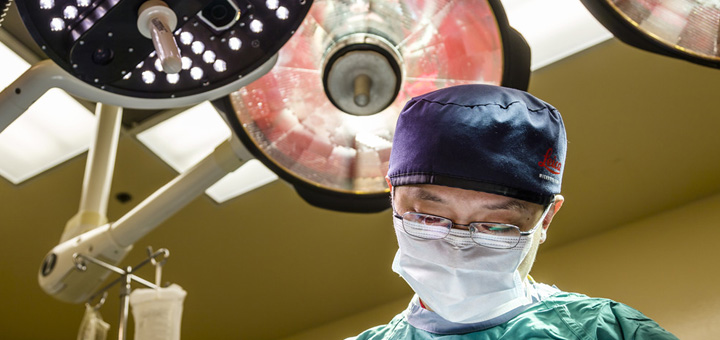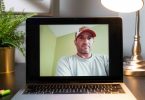Discoveries by Sunnybrook scientists are set to improve patient care here and around the world.
Sharpening facial images
Sunnybrook senior scientist Dr. Cari Whyne has invented a way to improve facial scans used to guide surgery, giving new hope to patients with facial trauma from car crashes, sports injuries or domestic violence. “Not only do you want the bone to heal but the cosmetic aspect is really important, too,” says Dr. Whyne, research director of the Holland Musculoskeletal Program.
Some facial bones are so thin they don’t show up in CT scans and getting a better resolution would require too high a radiation dose. Using complex computer simulations, Dr. Whyne worked with craniofacial surgeon Dr. Jeff Fialkov to develop a method to sharpen facial scans, enabling these bones to show clearly. These scans will allow for more precision and improved treatment of craniofacial fractures.
Healing bones with lithium
Sunnybrook scientists have uncovered a new use for an old drug that promises to offer an easy, low-cost way to dramatically improve fracture healing.
Knowing that lithium affects the biochemical pathways that influence bone healing, Dr. Whyne collaborated with orthopaedic surgeon and associate scientist Dr. Diane Nam to find a precise formula to maximize fracture healing. Their research determined the optimal treatment: a low dose of lithium, administered seven days after fracture and given for two weeks. This led to an impressive 46 per cent improvement in the strength of the healing bones.
The researchers are now working to determine whether the same results would hold true for fractures in older women with osteoporosis.

Dr. Victor Yang
Navigating with precision
During his neurosurgery residency, Dr. Victor Yang discovered the limitations of imaging technology in spinal surgery. He set out to invent a better way to guide these and other surgeries.
Pinpoint accuracy is critical for surgeons who repair spines by attaching screws and bolts to the tiny pedicle bones – an error of even a millimetre can cause paralysis. But these bones are on the front of the spinal column, facing inside the body, and not visible to the surgeon. CT scans are often taken before and during surgery as a guide but even then, the spine may move slightly during surgery.
Dr. Yang, who is also an electrical and computer engineer, invented a surgical navigation system that looks similar to an operating room light. It uses special LED lights to project patterns onto the exposed body part, producing real-time, 3D images of the patient’s anatomy on a computer screen beside the operating table.
In clinical trials, Sunnybrook surgeons have successfully used the device to guide surgical procedures in the spines or brains of more than 40 patients. Dr. Yang anticipates that this revolutionary technology will be made available to patients across Canada and eventually the world.
Support innovation at Sunnybrook by making a donation today.









